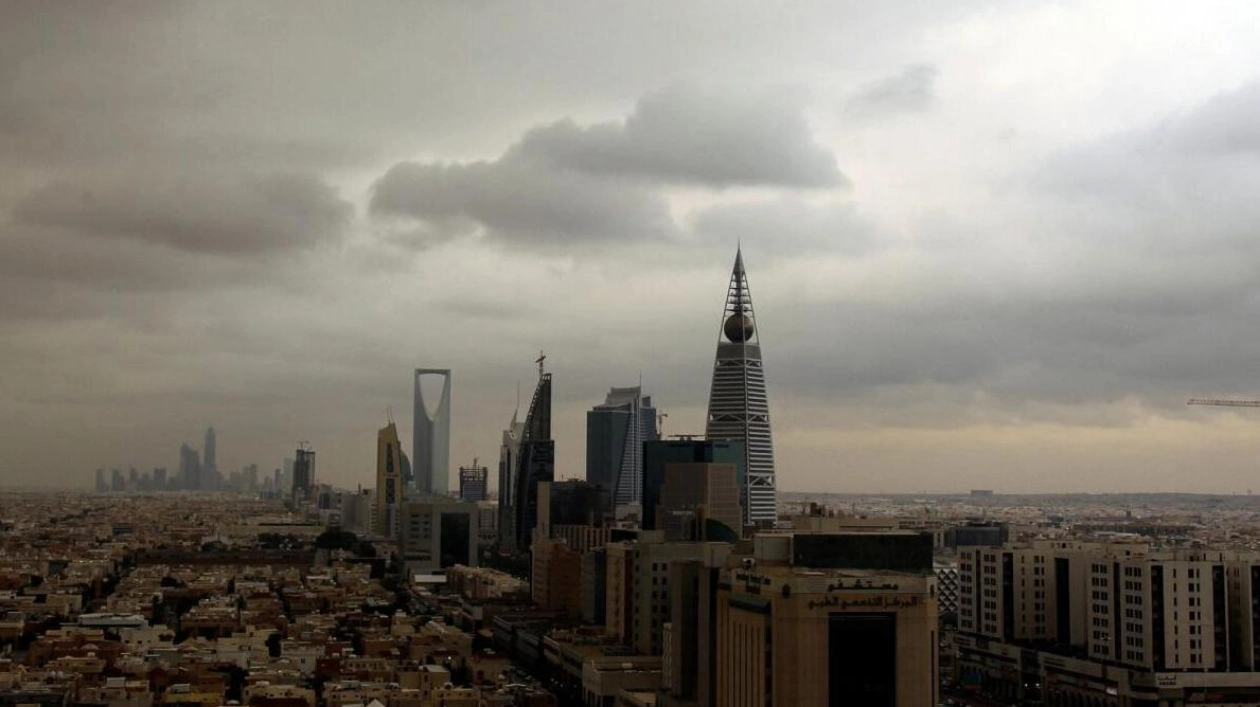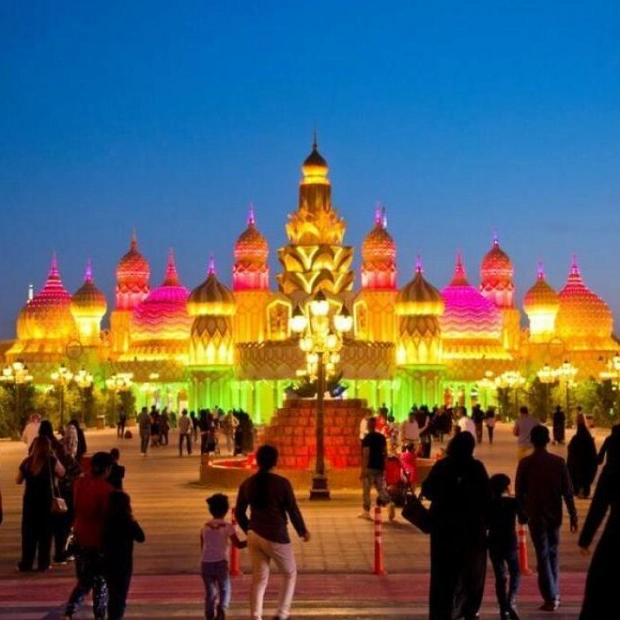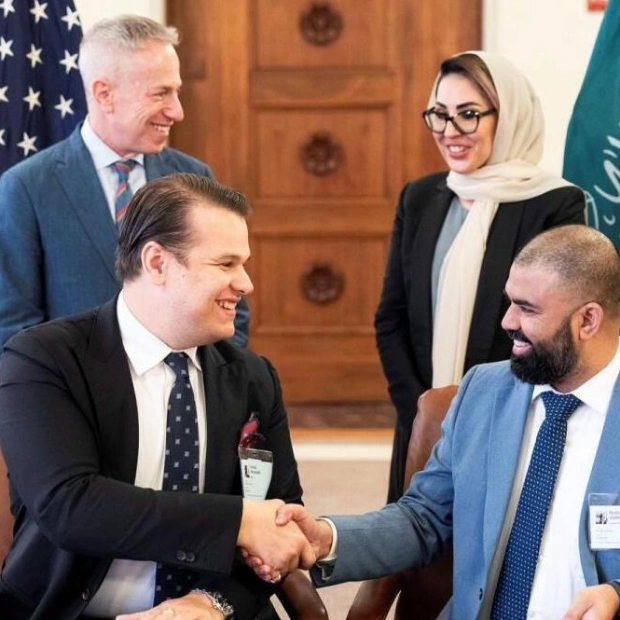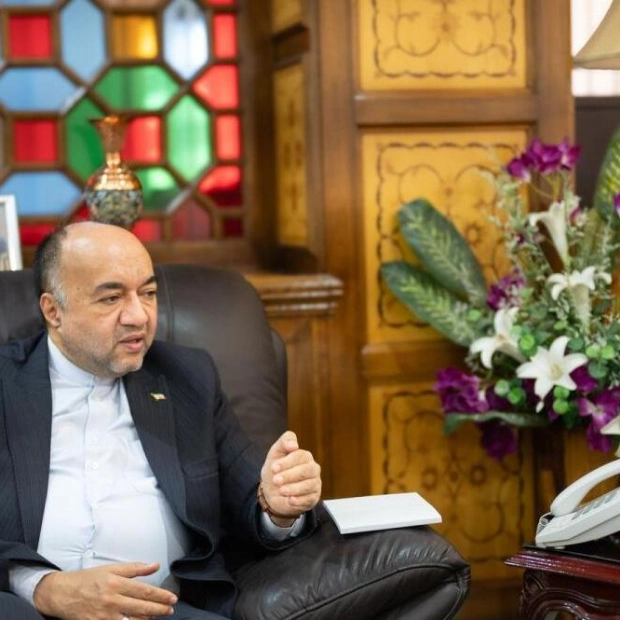Saudi Arabia's non-oil activities grew by 4.9 percent year-on-year in the second quarter of 2024, fueled by significant gains in the financial and insurance sectors, according to official data.
Data from the General Authority for Statistics (GASTAT), published by Arab News, indicates that the financial, insurance, and business services sectors experienced a robust 7.1 percent increase in the second quarter compared to the same period last year. Non-oil activity also saw a 2.1 percent rise from the previous quarter, reflecting the Kingdom's ongoing efforts to diversify its economic base.
This growth in the non-oil sector is in line with Saudi Arabia's Vision 2030, a strategic plan designed to reduce the country's dependence on oil revenues. The report also showed that Saudi Arabia's seasonally adjusted gross domestic product (GDP) increased by 1.4 percent in the second quarter compared to the first. However, GDP declined by 0.3 percent year-on-year, primarily due to an 8.9 percent drop in oil activities following the Kingdom's decision to cut crude output in accordance with OPEC+ agreements.
To stabilize the market, Saudi Arabia reduced oil production by 500,000 barrels per day in April 2023, a cut that has been extended until December 2024. GASTAT reported that the Kingdom's GDP at current prices reached SR1.02 trillion ($270 billion) in the second quarter. 'Crude oil and natural gas activities contributed the most to the GDP at 23.2 percent, followed by government activities at 16 percent, and wholesale and retail trade, restaurants, and hotels activities with a contribution of 10.1 percent,' stated GASTAT.
Government activities increased by 3.6 percent year-on-year and by 2.3 percent quarter-on-quarter. Meanwhile, electricity, gas, and water activities saw an 8.9 percent rise year-on-year, while wholesale and retail trade, restaurants, and hotels grew by 6.8 percent. The report also highlighted that government final consumption expenditure rose by 10.9 percent year-on-year and 4.3 percent quarter-on-quarter. In the second quarter, gross fixed capital formation increased by 3.2 percent compared to the same period last year.
With continued investments in key sectors such as financial services, infrastructure, and energy, Saudi Arabia remains committed to achieving the objectives outlined in its Vision 2030 plan.






